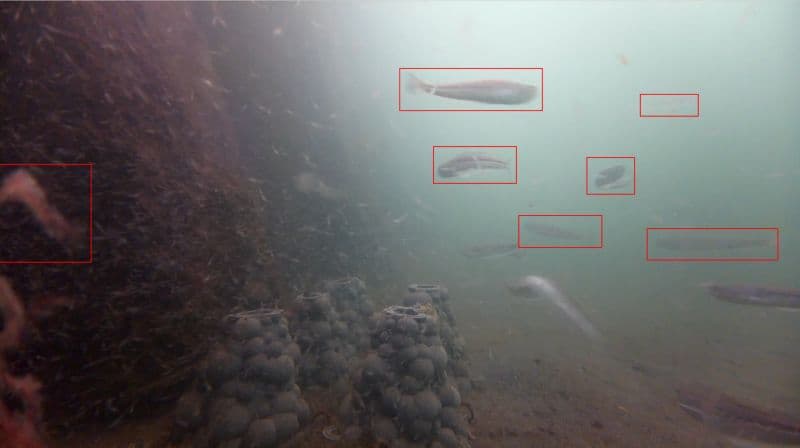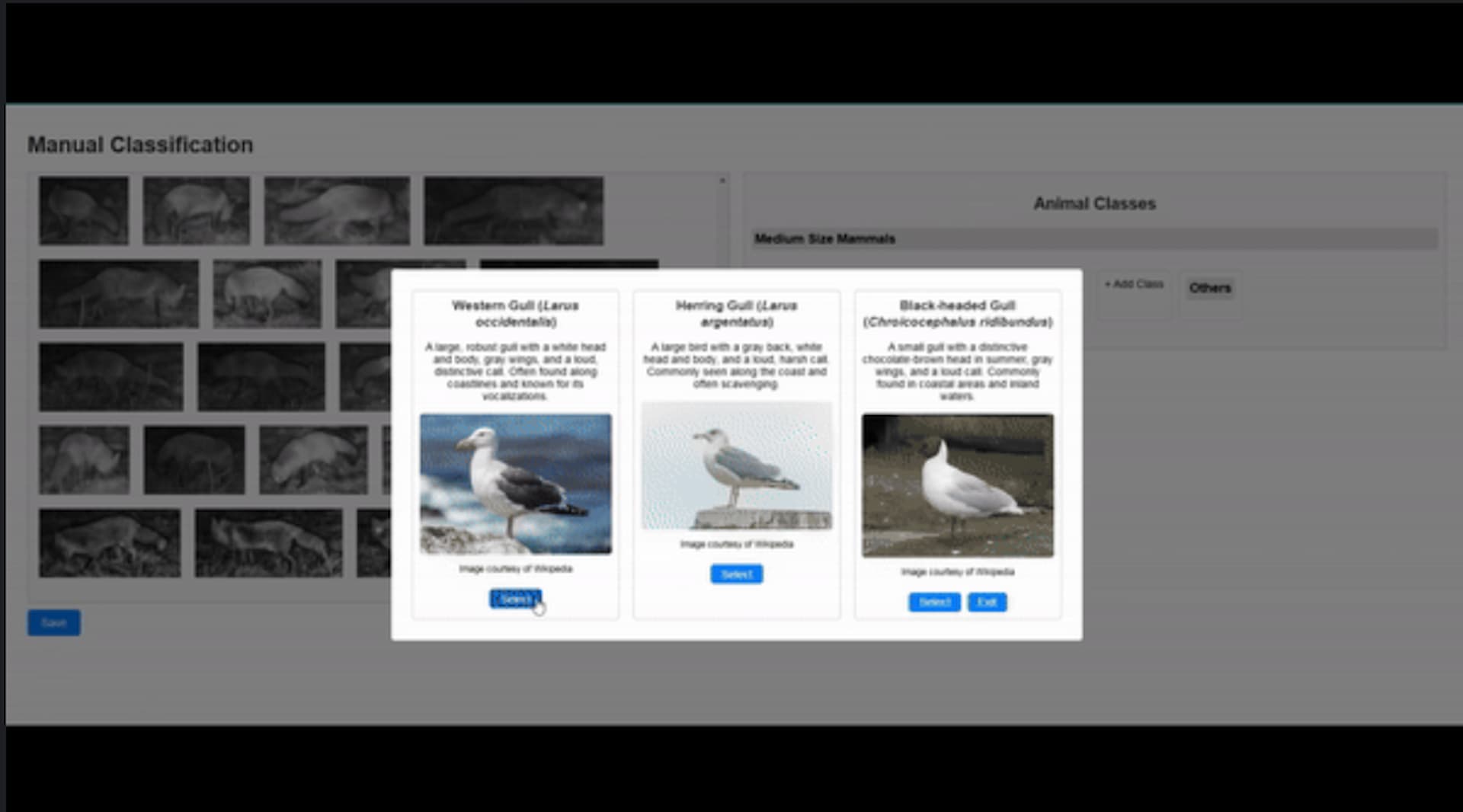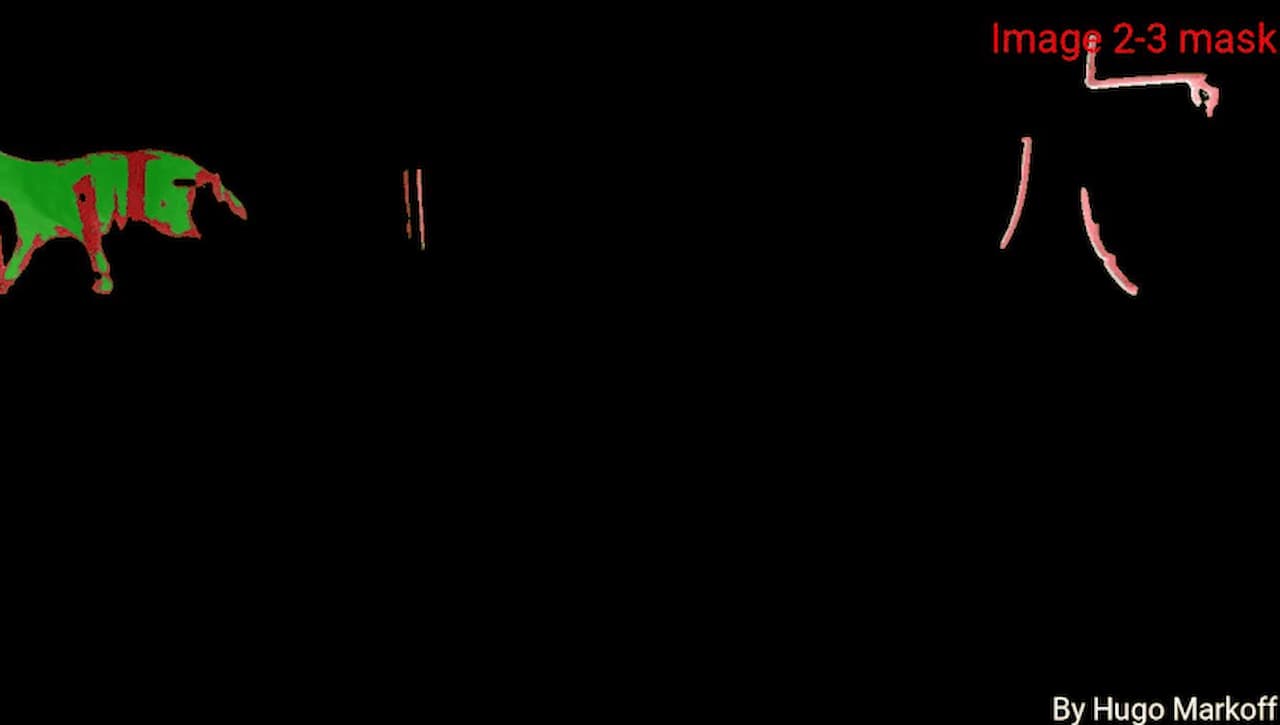🌊 𝗗𝗶𝘃𝗶𝗻𝗴 𝗶𝗻𝘁𝗼 𝟮𝟬𝟮𝟱: 𝗘𝘅𝗽𝗹𝗼𝗿𝗶𝗻𝗴 𝗨𝗻𝗱𝗲𝗿𝘄𝗮𝘁𝗲𝗿 𝗕𝗶𝗼𝗱𝗶𝘃𝗲𝗿𝘀𝗶𝘁𝘆 𝗖𝗵𝗮𝗹𝗹𝗲𝗻𝗴𝗲𝘀 🐟
As my first post of the year, I’m focusing on what lies beneath the surface - our oceans, where biodiversity faces critical challenges but receives far less attention than terrestrial ecosystems.
On land, we have hundreds of trail camera brands, extensive research, and powerful AI tools like MegaDetector for analyzing animals. Underwater, resources are scarce.
Automate your camera trap image analysis with Animal Detect
Join today to analyze thousands of images in minutes using latest AI models.


Thankfully, companies like Anemo Robotics are working to bridge the gap by developing solutions to capture and analyze underwater images and videos.
But what about AI?
While terrestrial AI models are advanced and plentiful, the same cannot be said for underwater detection. A standout example is the MegaFishDetector - https://lnkd.in/d77N9NTw which is an open-source, binary fish detector under the MIT license, free for anyone to use.
🛠️ Thoughts on MegaFishDetector:
1️⃣ Likely the best open-source binary fish detector available.
2️⃣ Limited to fish; it doesn’t detect crabs, starfish, seals, etc.
3️⃣ Detection performance is modest on the dataset i tested on (40-60% at 0.2 confidence).
4️⃣ Lower confidence settings increase detections (true and false), making it useful with tools like Animal Detect for further sorting - talk to us to see what we can do.
I’ve included an example image using MegaFishDetector with an image shared by Anemo Robotics. As you can see, it’s far from perfect, where Anemo Robotics own models are both quicker and more accurate, with the confidence level selected for this demonstration, on fishes around the Danish coasts.




